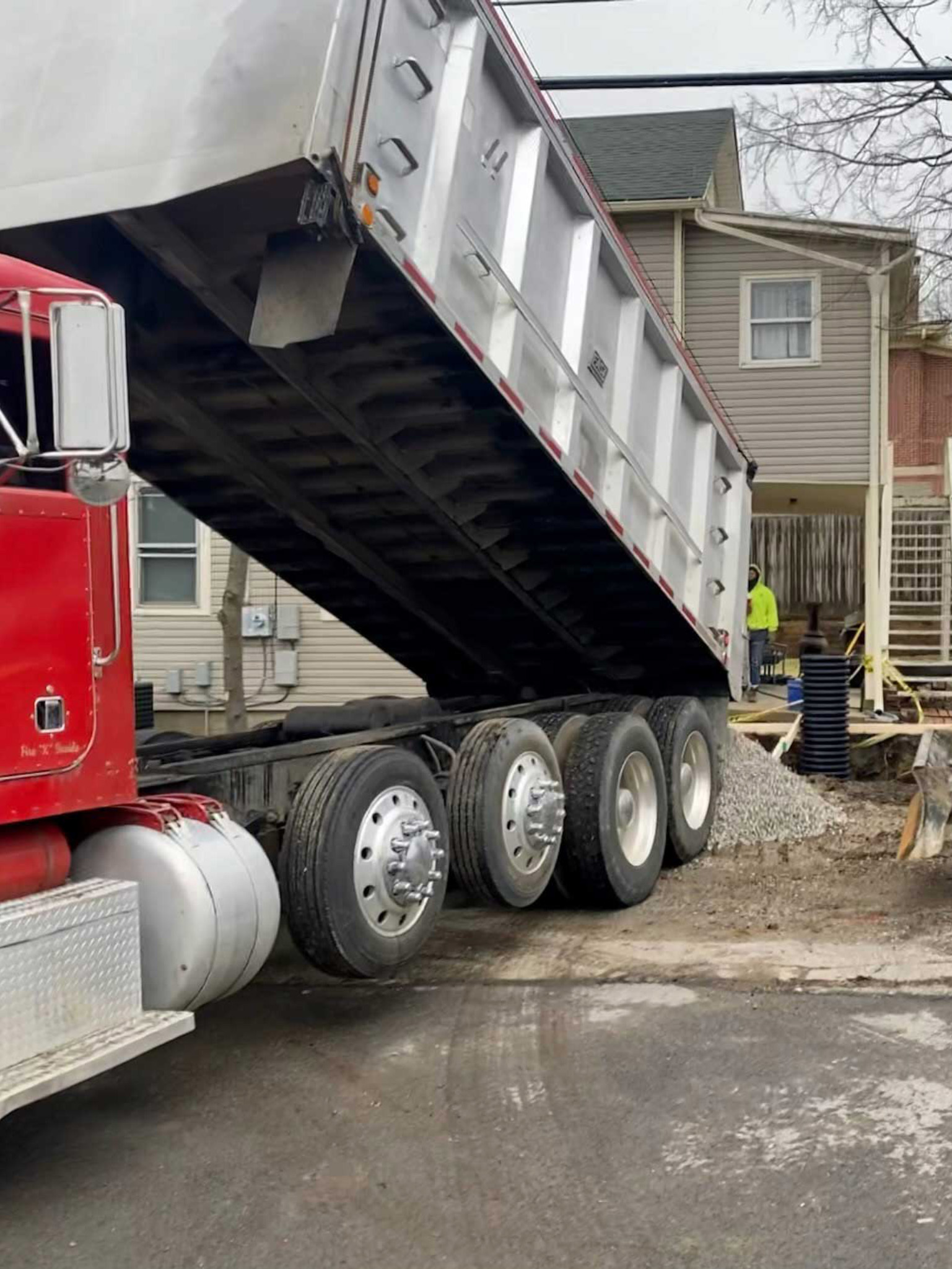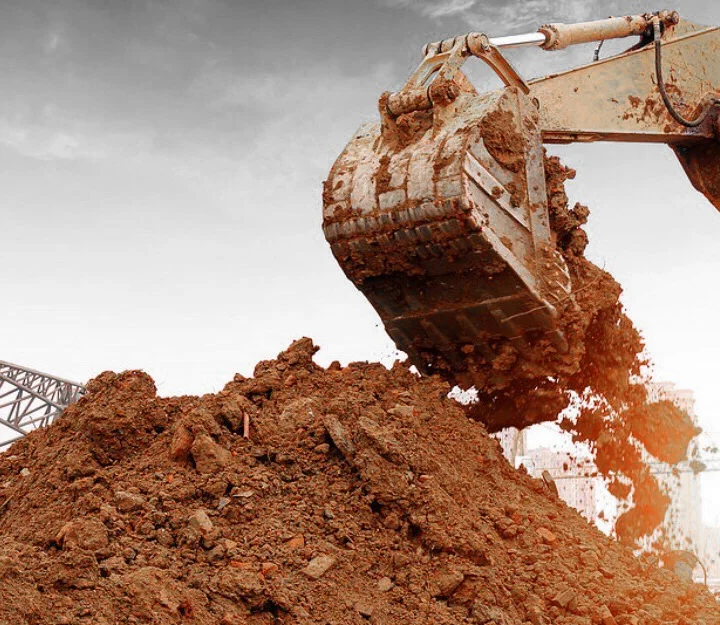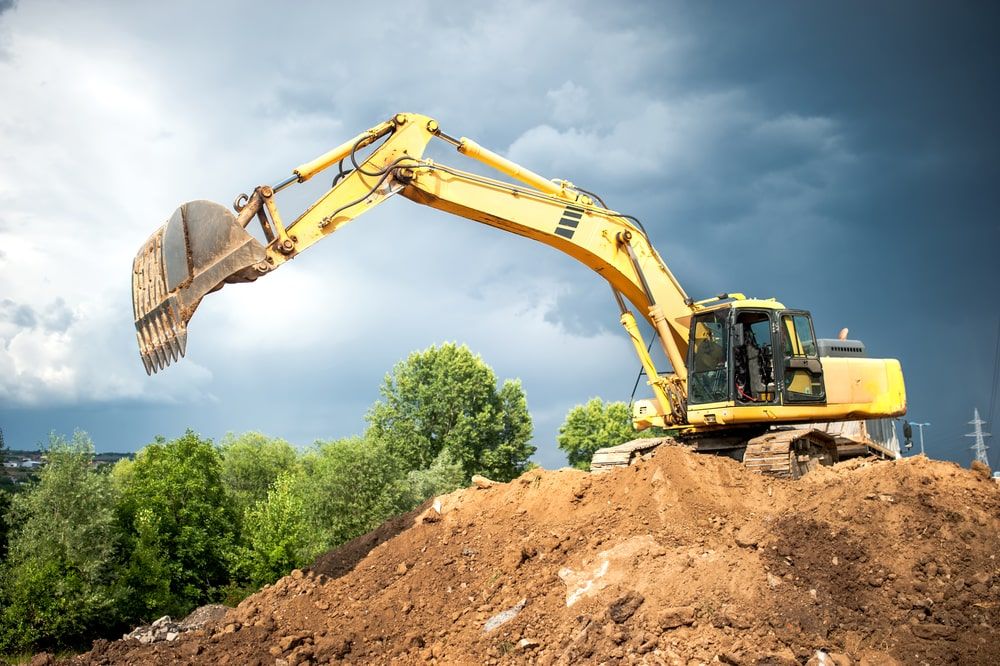Septic Ohio - Comprehensive Septic System Services in Ohio
Septic Ohio - Comprehensive Septic System Services in Ohio
Blog Article
In-Depth Exploration: The Science Behind Superior Excavation Practices
From ancient hand tools to modern-day hydraulic excavators, the development of excavation methods has been a testimony to human resourcefulness and technological advancements. What absolutely establishes remarkable excavation practices apart is a deep understanding of geological principles, paired with the usage of cutting-edge tools and methodologies.
Advancement of Excavation Methods
Throughout history, the advancement of excavation methods has played a crucial duty beforehand construction techniques and archaeological explorations. From the simple devices made use of by our forefathers to the sophisticated machinery employed in modern times, the progression of excavation approaches has actually dramatically transformed exactly how we approach different projects.
In old times, manual labor with standard tools such as wheelbarrows, shovels, and pickaxes was the primary approach of excavation. This labor-intensive process limited the deepness and scope of excavations, often leading to slow-moving development and limited access to specific websites. Nonetheless, as human beings advanced, so did the tools and methods made use of for excavation.
The Industrial Transformation noted a turning point in excavation practices with the intro of steam-powered equipment. This innovation reinvented the area, allowing for faster and a lot more considerable excavations. In contemporary times, innovation plays an essential duty in excavation, with developments like general practitioner systems, drones, and 3D scanning improving accuracy and performance in the field. The advancement of excavation strategies proceeds to shape the means we develop, explore, and comprehend the world around us.
Duty of Modern Technology in Excavation

The assimilation of sophisticated innovation has fundamentally changed the area of excavation, improving precision and performance to unmatched degrees. Among the crucial technological advancements that has actually considerably impacted excavation methods is the usage of general practitioner systems. These systems permit for accurate mapping of excavation websites, making it possible for operators to properly find below ground utilities and frameworks. Furthermore, using telematics in excavation tools has made it possible for real-time tracking of machine efficiency, resulting in positive upkeep and boosted functional productivity.
In addition, the introduction of 3D modeling and simulation software application has structured the planning process for excavation jobs. Designers and operators can currently visualize the entire excavation procedure prior to breaking ground, maximizing and recognizing potential challenges process. Together with this, the execution of drones in excavation activities has assisted in airborne studies, volumetric measurements, and site evaluations with unequaled rate and accuracy.
Geological Principles in Excavation
An understanding of geological concepts is crucial for making sure the architectural honesty and stability of excavation sites. Geological aspects play an essential function in figuring out the feasibility and safety of excavation projects (lancaster trenching). One vital geological concept to consider is the sort of soil or rock present at the website. Various dirt kinds, such as clay, sand, or gravel, have varying levels of stability and need various excavation methods. Cohesive soils like clay might call for added support to prevent collapses, while sandy dirts might be susceptible to erosion throughout excavation.
By carrying out thorough geological studies and evaluation, excavators and engineers can develop approaches to minimize risks and make certain the successful conclusion of excavation jobs. Ultimately, including geological principles right into excavation practices is critical for accomplishing safe, reliable, and lasting results.

Latest Tools for Excavation
In the realm of excavation techniques, modern developments in tools have revolutionized the efficiency and accuracy of excavation procedures. One of the most current tools link making waves in the market is using drones equipped with advanced imaging modern technology. These drones can give thorough airborne surveys of excavation sites, supplying real-time information on topography and prospective risks. This info aids in better preparation and decision-making during the excavation process.
Another cutting-edge device getting popularity is the execution of 3D printing innovation for creating personalized excavation devices. This permits the manufacturing of specialized tools that are customized to the certain requirements of a task, boosting effectiveness and lowering downtime.
In addition, innovations in materials scientific research have resulted in the growth of more powerful and a lot more sturdy excavation devices. lancaster excavation. Tungsten carbide-tipped excavator accessories, for instance, offer remarkable performance in difficult ground problems, enhancing efficiency on-site
Scientific research's Effect on Excavation Practices

Furthermore, scientific research study on dirt auto mechanics and geotechnical design has actually provided useful insights into soil habits, enabling excavation specialists to make enlightened decisions concerning excavation approaches and soil stabilization methods. On the whole, scientific research continues to drive development and enhancement in excavation methods, making excavation jobs a lot more reliable, cost-effective, and sustainable.

Conclusion
To conclude, the advancement of excavation methods has been greatly affected by published here innovations in innovation and a deeper understanding of geological concepts. The most recent tools and equipment made use of in excavation have improved performance and accuracy in the field. The application of scientific expertise has actually substantially improved excavation practices, bring about extra reliable and sustainable techniques for excavating various kinds of products.
In the world of excavation methods, contemporary technologies in tools have revolutionized the effectiveness and accuracy of excavation processes. By leveraging scientific principles, the excavation sector has actually been able to substantially enhance effectiveness, accuracy, and safety and security in excavation procedures. GPR enables excavation teams to non-invasively check and map subsurface frameworks, utilities, and potential dangers, enabling them to plan excavation tasks with better precision and lowered threat of mishaps.
Additionally, clinical research study on soil technicians and geotechnical engineering has given useful insights right into soil actions, permitting excavation professionals to make see here informed choices relating to excavation methods and dirt stablizing methods. In general, scientific research continues to drive innovation and renovation in excavation methods, making excavation tasks more efficient, economical, and sustainable.
Report this page